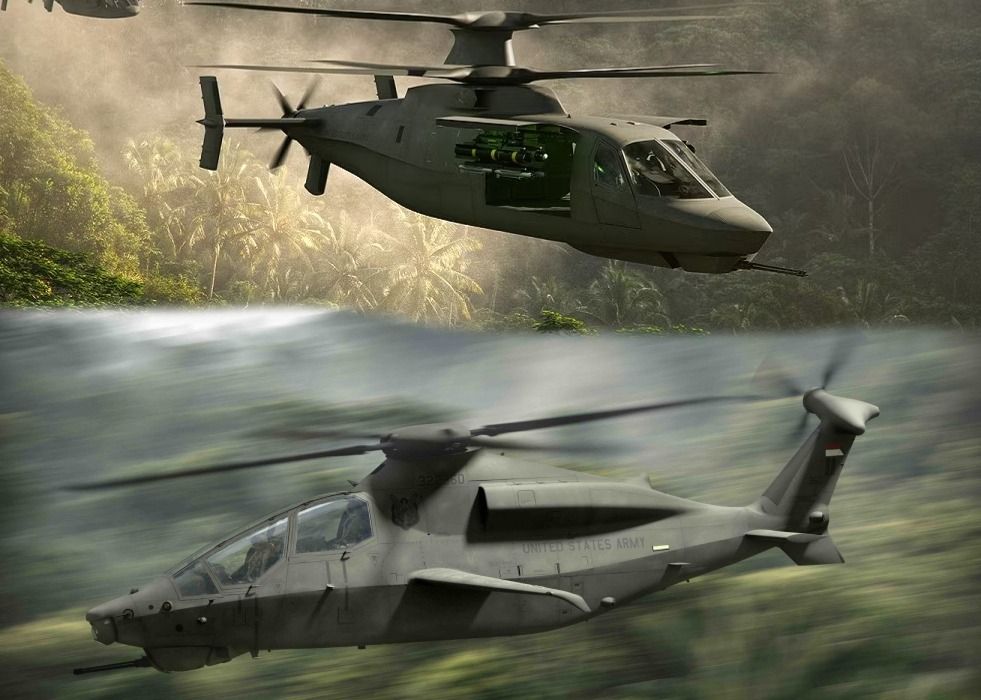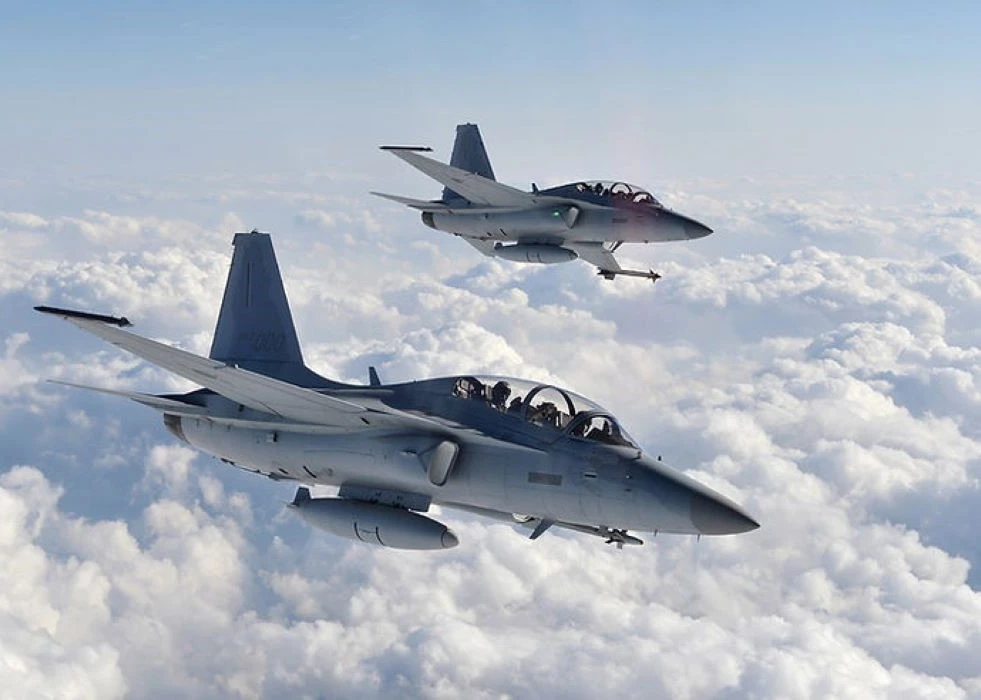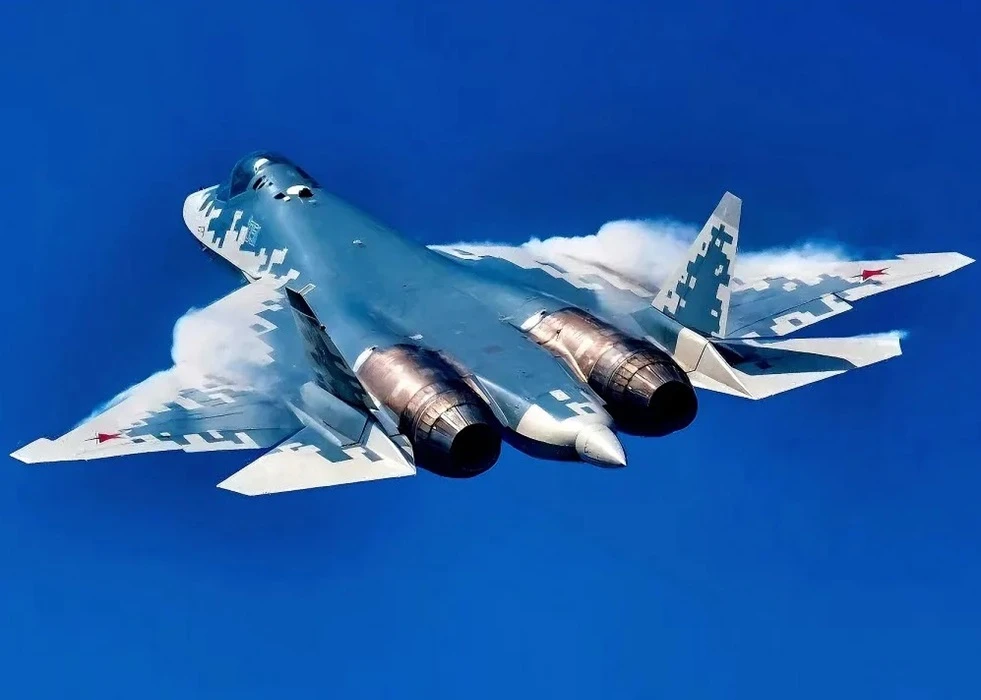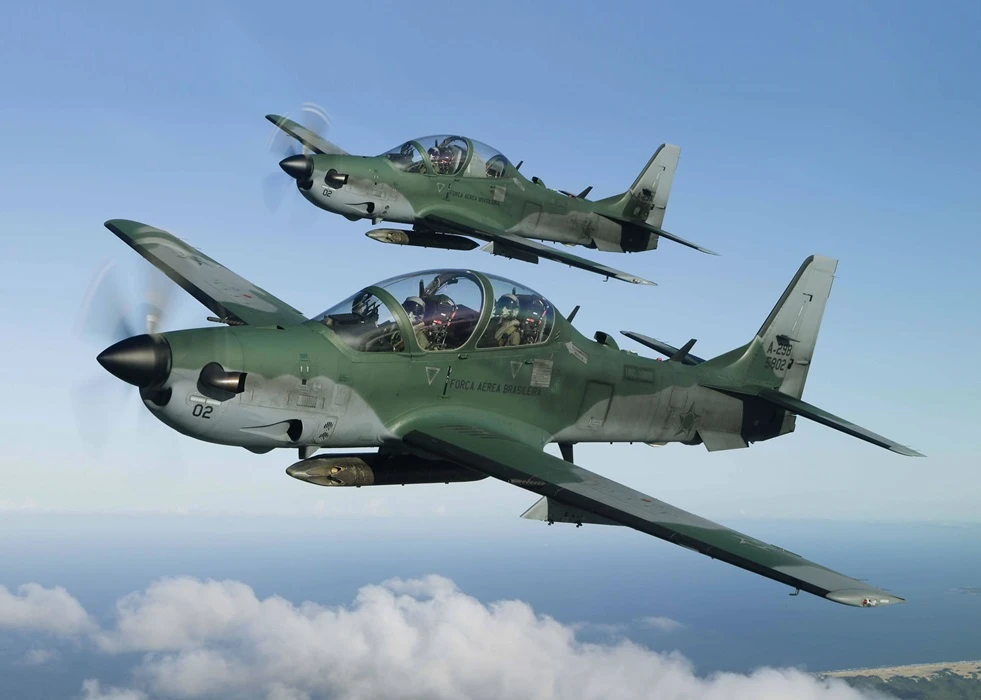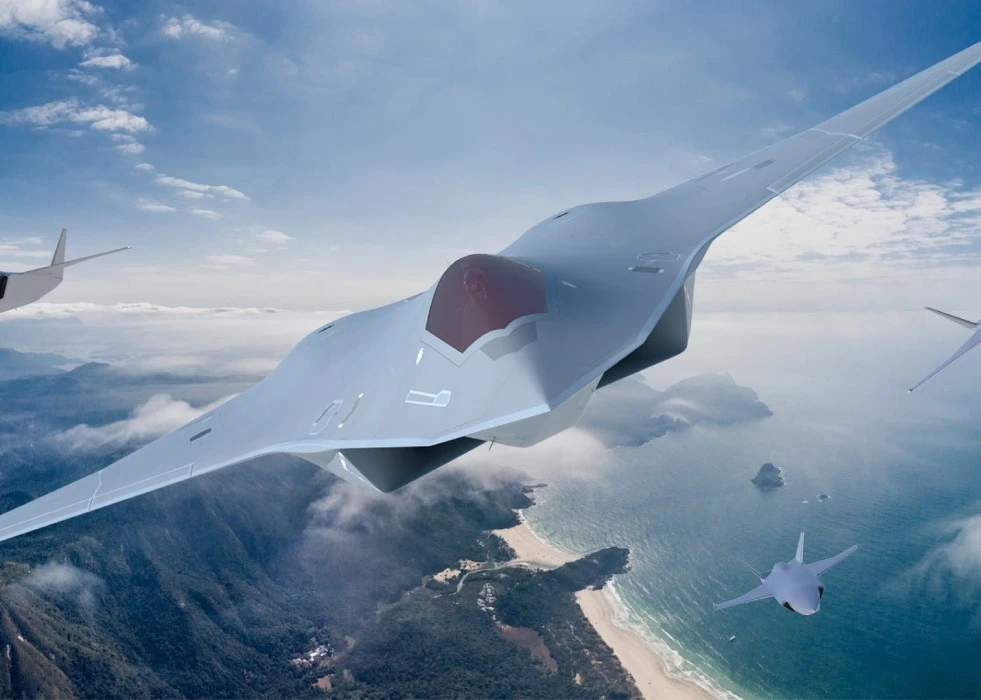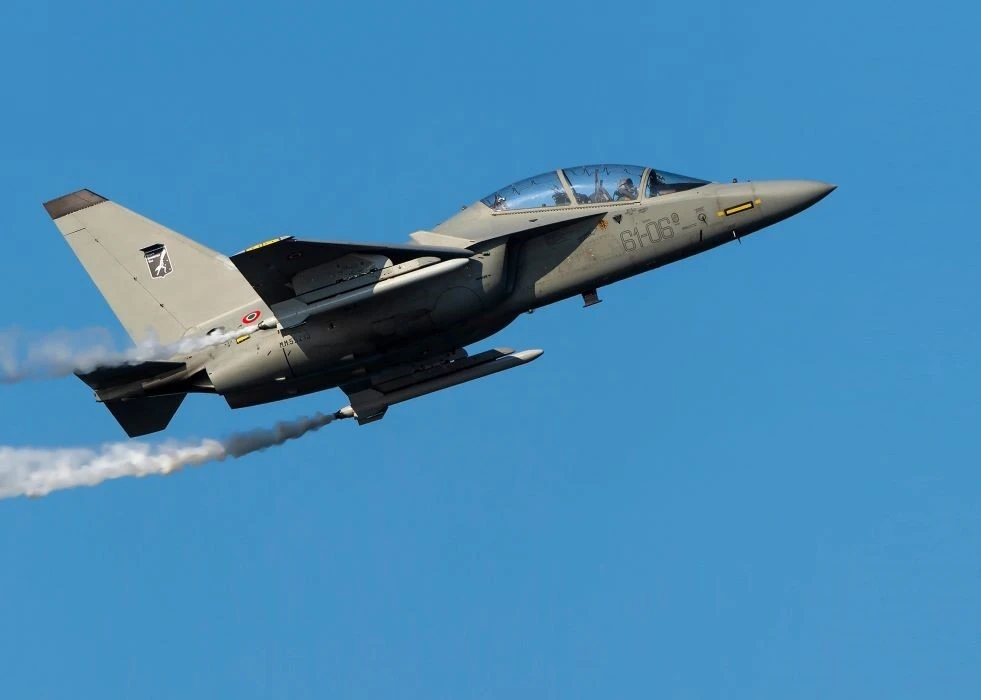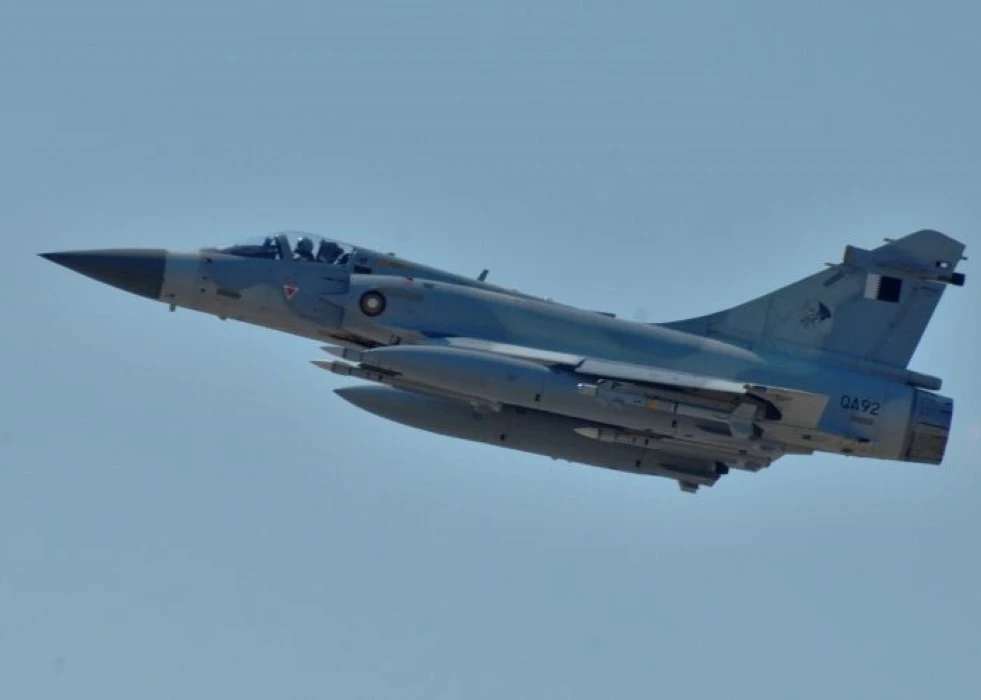The cancellation is accompanied by the Army opting for UH-60M Blackhawk utility helicopters as an alternative to the UH-60V variant. Instead of prioritising the new 3000 shp-class GE-T901 turboshaft engine for the FARA programme, the priority will be given to the UH-60 and AH-64 fleet, which currently use the derivatives of GE T-701 turboshaft engines, which are rated at significantly lower power.
FARA programme had two shortlisted contenders: Sikorsky S-97 Raider and Bell Invictus. While the two designs differ in layouts by a large margin, their common features include internal weapon bays, a lightweight 20 mm rotary cannon, and a GE-T901 ITEP engine.
S-97 Raider, much like the FLRAA contender SB-1 Defiant, is based on the technology of the X2 high-speed compound helicopter demonstrator. The coaxial-rotor helicopter has a pusher propeller to enable high speeds and a fly-by-wire system to increase controllability.
S-97’s wide layout with side-by-side seating allows for internal weapons carriage for AGM-179 JAGM air-to-surface missiles and modular launch tubes for UAVs.
Invictus is a more traditional design with significant streamlining and lifting wings to take the load from the main rotor and optionally take additional munitions. In contrast to Bell’s chosen submission for FLRAA, the V-280 Valor tiltrotor that can’t be described as a helicopter in the first place, Invictus sticks to the orthodox.
The Army will likely lean towards new UAV systems such as Mojave and upgraded MQ-1 Gray Eagles, which can conduct the same missions with far longer endurance and no risk of losing qualified personnel. The former is a strong possibility thanks to being less sensitive to runway conditions and easier to deploy.


